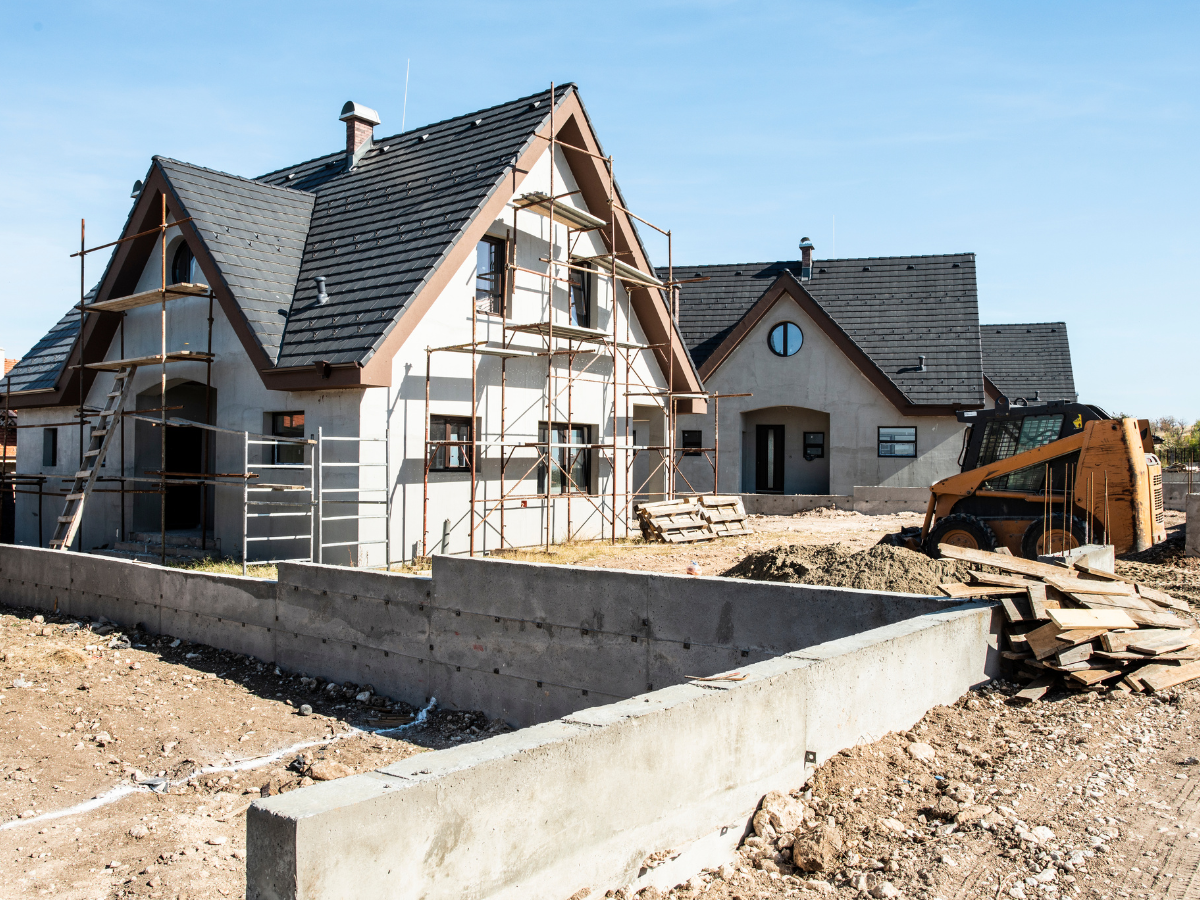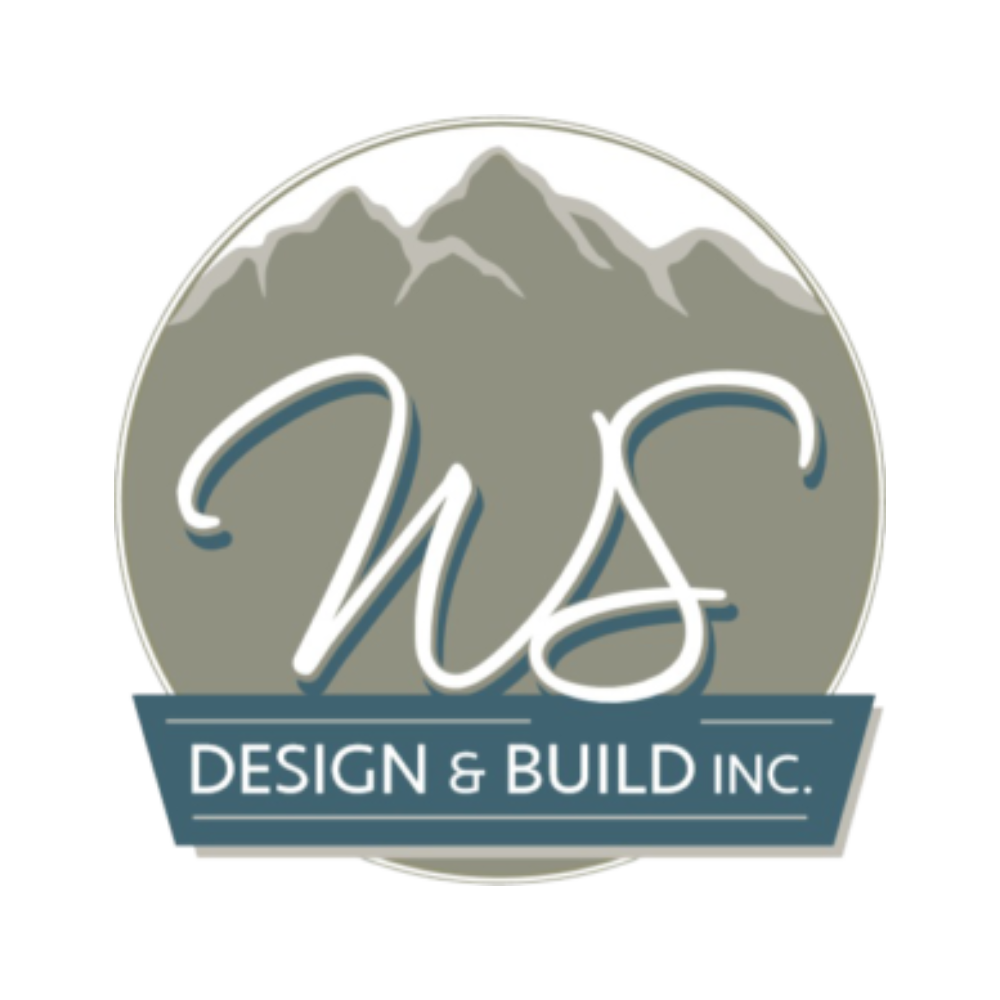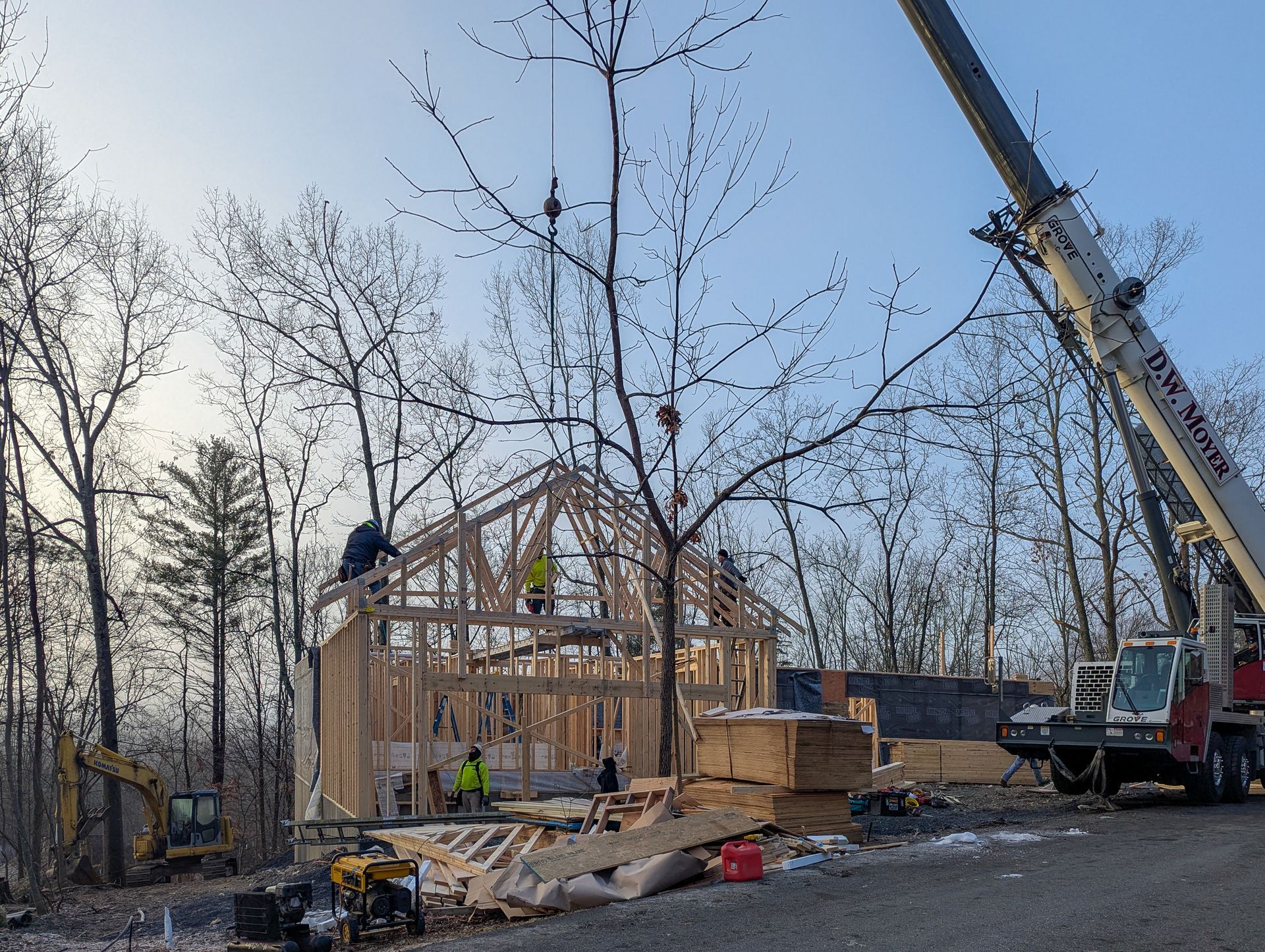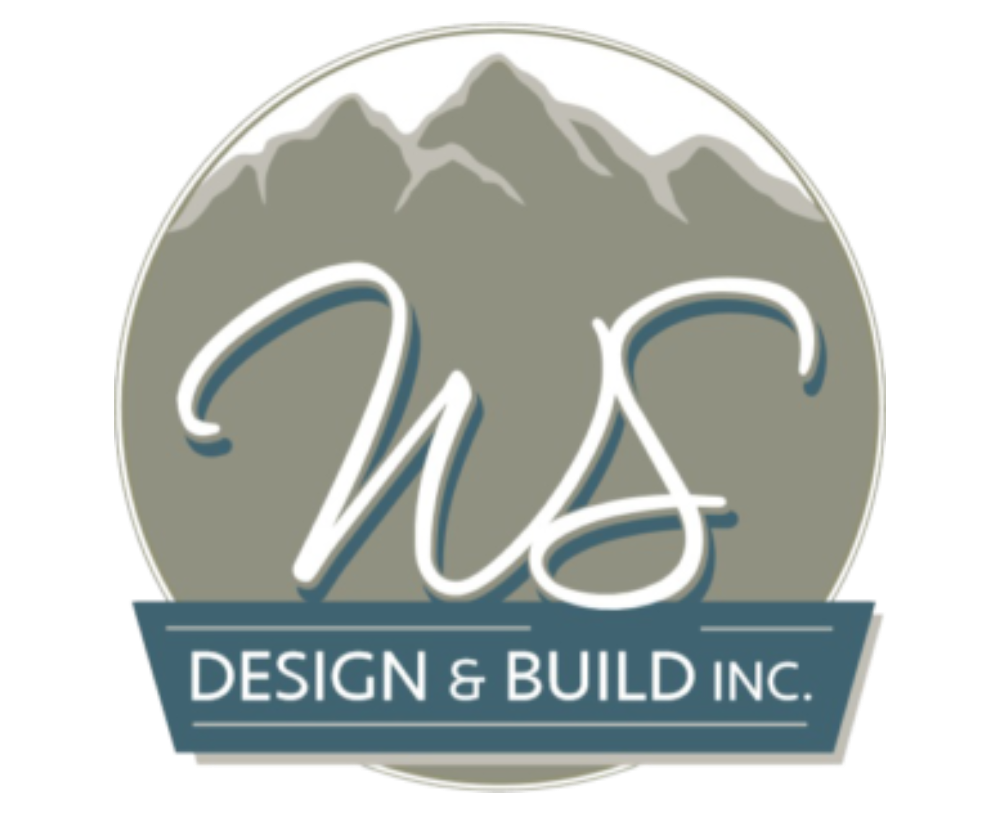How Much Does It Cost to Build a House in 2025?
Building a home is a dream for many, but one of the most common questions that arises during the process is, "How much does it cost to build a house?" In 2025, the answer to this question can vary widely based on several factors, including location, the size of the home, materials, labor costs, and more. In this blog, we’ll break down the key factors that affect the cost of building a home and provide an estimate of the cost to build a house in 2025.

1. Understanding the Factors That Influence the Cost
The cost of building a house is influenced by a range of factors, from the location of the property to the materials used in construction. Below are some of the most important factors to consider when budgeting for your new home:
- Location: The cost of land and construction varies greatly depending on where you are building. For example, homes built in rural areas may have lower costs than those in urban centers, where land and labor can be more expensive.
- Size of the Home: Larger homes with more square footage naturally cost more to build. The number of floors, rooms, and overall layout will influence the price of materials and labor.
- Construction Materials: The choice of materials, from framing and insulation to flooring and roofing, can significantly affect the cost of your new home. Premium materials like hardwood flooring or granite countertops will increase the overall cost.
- Labor Costs: Labor is often one of the largest expenses in construction. Costs vary depending on the region and the demand for skilled labor in that area.
Each of these factors can contribute to a significant variation in the cost to build a house in 2025, so it’s important to factor them in when planning your project.
2. Estimated Costs to Build a House in 2025
While the cost to build a house in 2025 can fluctuate, we can provide general estimates based on typical construction projects. Keep in mind that these numbers are rough estimates and can vary depending on the factors mentioned earlier.
- National Average: As of 2025, the national average cost to build a house in the United States ranges between $150 to $250 per square foot, depending on the materials and location. For a 2,000 square-foot home, this would equate to $300,000 to $500,000.
- Custom Homes: If you plan to build a custom-designed home with high-end finishes, the price per square foot can increase to $300 or more. Custom homes with unique architectural features and premium materials can cost $600,000 or more for a 2,000 square-foot home.
- Prefab Homes: Prefabricated or modular homes tend to be more affordable than traditional custom-built homes. On average, prefab homes cost between $100 to $200 per square foot, which could reduce the overall cost of building a home.
These price ranges can give you a starting point, but the actual cost will depend on many variables, including your desired home features and location.
3. Additional Costs to Consider
When budgeting for your new home, there are additional costs that are often overlooked. These can include:
- Permits and Fees: Building permits and other regulatory fees can vary by location and may add several thousand dollars to the cost of construction.
- Site Preparation: If the land you’re building on requires significant preparation—such as clearing trees, leveling the land, or installing a foundation—it can add extra costs.
- Landscaping and Exterior Features: Landscaping, driveways, patios, and other outdoor features can significantly add to the cost of building a home.
- Interior Finishes: The finishes inside your home, such as flooring, cabinetry, lighting fixtures, and countertops, can range from budget-friendly to luxurious. These choices can significantly impact the overall price.
- Unexpected Expenses: During construction, unexpected issues like bad weather, labor shortages, or unforeseen structural challenges can lead to cost overruns.
Planning for these additional costs and including them in your budget will help ensure there are no surprises when it’s time to pay the bill.
4. How to Save on Building Costs
While building a home can be expensive, there are several strategies you can employ to reduce costs without compromising on quality:
- Choose Standard Materials: Opt for standard finishes and materials, such as laminate countertops and carpet flooring, instead of high-end alternatives like granite or hardwood.
- Consider a Simpler Design: Simplifying the design of your home can save on construction costs. For example, a smaller footprint, fewer rooms, and simpler rooflines will reduce the overall expense.
- Work with a Local Builder: Choosing a builder familiar with the local area can help keep labor and material costs lower. Local builders also have established relationships with subcontractors, which can save time and money.
- Do Some Work Yourself: If you have the skills, taking on some of the work yourself—such as landscaping or painting—can save you money on labor costs.
By making strategic choices during the design and planning phases, you can build the home of your dreams while staying within your budget.
5. Financing Your New Home
One of the most important considerations when building a home is how to finance it. There are several options available to homeowners looking to fund their construction projects:
- Construction Loans: A construction loan is a short-term loan specifically designed to cover the cost of building a home. These loans typically have higher interest rates than traditional mortgages and are paid out in stages as construction progresses.
- Home Equity Loan: If you already own a home, you may be able to use a home equity loan to finance your new construction project. This can be a more affordable option with lower interest rates than a construction loan.
- Traditional Mortgage: Once the home is complete, you can convert your construction loan into a traditional mortgage. This allows you to pay off the loan over a longer period with lower interest rates.
Understanding your financing options and working with a mortgage lender early in the process can help you plan your budget effectively.
Conclusion
Building a house in 2025 involves careful planning, budgeting, and understanding the various costs associated with the project. While the cost to build a house can vary based on size, materials, location, and design, having a clear understanding of what to expect will help you make informed decisions.
At WS Design & Build, we specialize in custom home construction and are committed to helping you build the home of your dreams within your budget. Contact us today to schedule a consultation and learn how we can help bring your vision to life.





